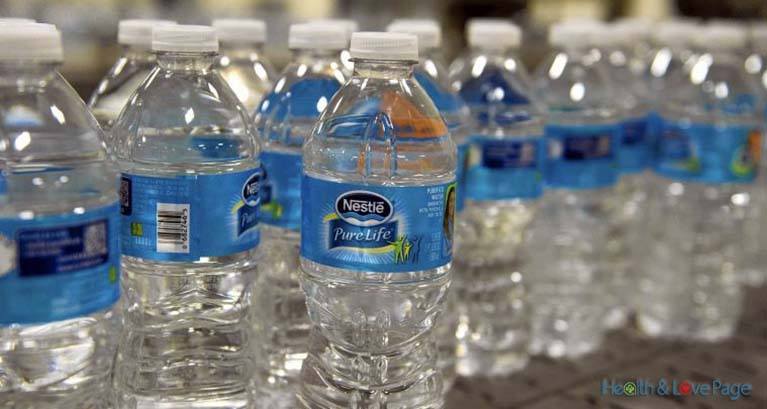Right after the Second World War, the authorities have started using fluoride in tap water in order to boost people’s dental health.
This compound is part of many popular types of toothpaste because scientists claim that it has the ability to protect us from tooth decay. However, a few scientific studies conducted not while ago showed that this chemical is causing more damage than good. For instance, it leads to fluorosis – teeth deformation that cannot be healed.


A Few Things People Should Know About Bottled Water
1. Bottled Water Will Cost You More Compared to Tap Water
Several studies have shown that the bottled water industry makes 11.8 billion dollars on nearly 9.7 billion gallons of water per year. These statistics are three year sold, so they are probably making more today. This means that one gallon of bottled water costs $1.22 which is 300 times more than one gallon of tap water. In addition, 66% of bottled water bought by individuals are 500 ml bottles, which means that the final cost is even higher because these bottles cost more. But, these numbers are not the only ones that will shock you. Namely, bottled water sales have increased 3.5 times in the past 20 years. On top of that, the plastic bottles used for this water create piles of trash which is not always recycled. So, it turns out that by protecting our health we are causing damage to the environment which eventually leads to health problems too.2. Bottled Water Contains Potentially Hazardous Elements
As you are probably aware, companies spend huge amount of oil to create plastic bottles. According to official statistics, the amount of oil spent for this purpose in one year can provide fuel for about one million vehicles per year. A few years ago, scientists from Germany have found that EDCs or endocrine disrupting chemicals, chemicals that have the ability to disrupt proper reproduction and development, are present in more than a dozen of popular brands of bottled water. There were more than24.000 chemicals present in these water products, but there was one in particular that was especially dangerous – di(2-ethylhexyl) fumarate of DEHF. This chemical can lead to anti-estrogenic and anti-androgenic reactions ad processes in the body. It is good to point out that endocrine disruptors are actually chemicals that have the ability to disrupt the hormonal processes and lead to birth defects, cancerous tumors, metabolic problems, cardiovascular issues and developmental problems. Several in vitro scientific studies have shown that EDCs are present in bottled water. Additionally, there are steroid receptor antagonists that make the situation worse. Scientists have relied on spectrometric simulation to single out DEHF as an isolated EDC providing increase of harmful activity. As previously mentioned, DEHS is an anti-estrogenic substance. This means that there is at least one other EDC that is still not identified in the studies that provides anti-androgenic effects.3. Bottled Water Might Have Lower Quality Compared to Tap Water
Cleveland was one of the first cities where the officials have tested bottled water. Namely, they have analyzed the Fiji Water bottled water brand and found that their products include arsenic particles. At the same time, they have confirmed that tap water in Cleveland doesn’t have arsenic in it.So, What’s Really Going On?
Well, bottled water producers don’t have to provide detailed information about the substances found in their products unlike local authorities. In other words, the FDA is monitoring bottled water while EPA is monitoring tap water. EPA has stronger regulatory authority compared to the FDA. It seems that the list of bottled water brands that include potentially dangerous substances in their products is long. Having access to clean drinking water is the number one priority of many governments in the world and while it’s true that bottled water can help in some cases, we should focus on improving the quality of tap water. People should drink healthy water without spending too much money on it. Bottled water is far more expensive and potentially dangerous. Via CR
Leave a Comment
